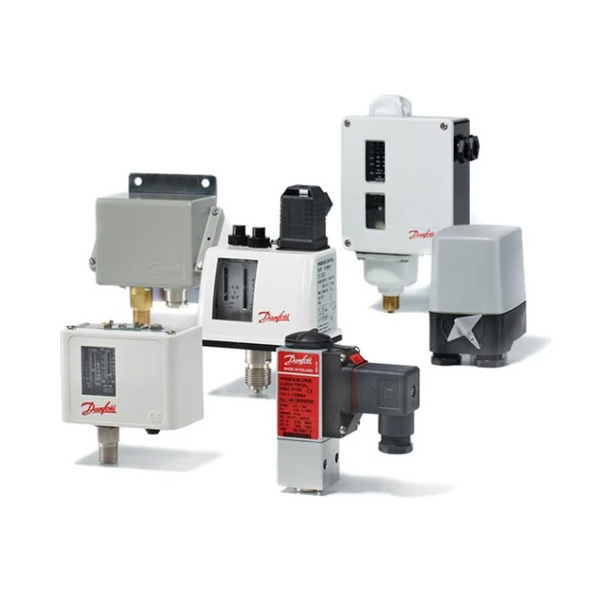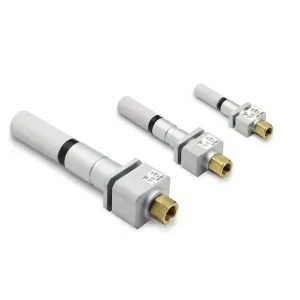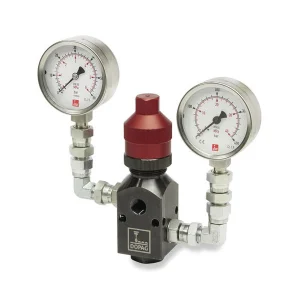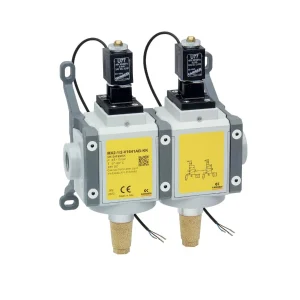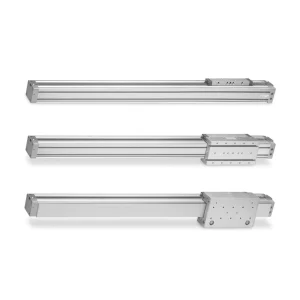They should not be confused with pressure transducers (pressure gauges); while the latter deliver a variable signal based on the pressure range, pressure switches deliver an off/on signal only.
The types of pressure switches vary depending on the pressure range to which they can be adjusted, working temperature and the type of fluid they can measure. There can be several types of pressure switches:
- Differential pressure switch: It operates according to a range of pressures, high and low, normally adjustable, which opens or closes an electric circuit that is part of the control circuit of an electric drive element, usually motors.
- High differential: When the pressure stipulated for the compressor is exceeded, the reset can be manual or automatic.
- Low differential: When the pressure drops more than stipulated for the compressor, the reset can be manual or automatic.
The uses are very varied. Some examples:
- A car’s red low oil pressure light is connected to a pressure switch.
- The water pump is controlled by a pressure switch in the hydropneumatic (hydraulic) system of a house.
- To protect cooling engines from lack of oil, differential pressure switches are used, when the oil pressure approaches the circuit pressure, the engine is stopped. As the circuit pressure is constantly varying, the only way to control the oil pressure is to compare it with the pressure in the circuit at that moment, so the pressure switch acts by pressure difference and not by a fixed pressure.
- To protect refrigeration machines from high or low pressures
The pressure switches generally do not have the ability to directly turn on the equipment they are controlling and are aided by a relay or electrical contact, however in refrigeration is quite common to see pressure switches that directly command single-phase compressors without passing the power through a contactor or relay. The ignition of a car’s air conditioner is also determined by a high pressure switch when it is in full operation at full load.
